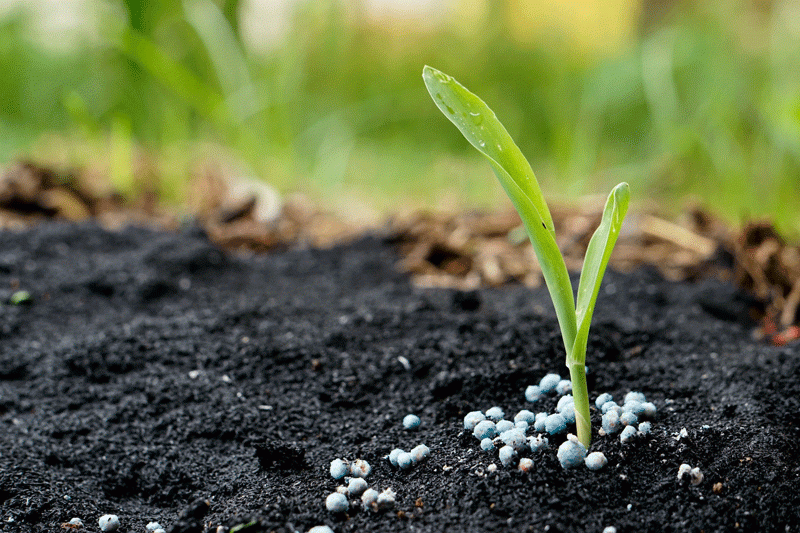
THE local fertilizer industry has invested US$14,2 million in a bid to boost one of the country’s top value chains, a Cabinet minister has said.
Zimbabwe requires imports to meet the national demand, hence various strategies have been implemented to enhance import substitution.
In a State of Industry and Commerce report submitted to Cabinet recently, Industry and Commerce minister Sekai Nzenza said industry players had invested heavily towards plant refurbishment in a move expected to boost the fertilizer sector and cut the import bill.
“Plant refurbishment is underway by various players in the sector. ZimPhos poured US$2,2 million for blending and granulation plants for basal fertilisers to meet 50% of national requirements and save over US$250 million per year in forex.
“FSG invested US$1 million on a blending plant to increase blended fertilizer output, while Sable Chemicals used US$11 million Afrexim facility for plant upgrade and procurement of tankers, including US$33 000 Sadc COVID-19 facility for sanitiser production to increase production of ammonia nitrate,” she said.
Zimbabwe requires 400 000 metric tonnes (MT) tonnes of basal and 380 000MT of top dressing fertilizer, but has capacity to produce 1 500 000MT and 240 000MT, respectively.
It means the country has adequate capacity for basal fertilizer, but is limited on top dressing.
However, the report revealed that the increase in the prices of fertilizer was likely to adversely affect farmers.
- HCC considers cancelling ZimPhos contract
- Financial inclusion critical for African agriculture success
- Zim to save US$250m on fertiliser import bill
- IDC lines up new fertiliser plant
Keep Reading
“The local industry is producing. However, to mitigate shortages, we still need to import, but at higher costs. Price of ammonia rose from US$700/MT to US$1 500MT during the beginning of 2022 and this will affect the farmer,” she said.
However, Nzenza said the local industry was ready to supply the existing government and private sector farming contracts for the 2023 summer cropping season.
According to the document, the consolidated stock holding for the Zimbabwe Fertiliser Manufacturers Association (ZFMA) players stands at 432 183MT, with most of the stock (82%) being under collateral management arrangements (CMA) and awaiting nostro funding to enable its release onto the market.
Nzenza said the import substitution strategy, which government was implementing, was a clear indication of its stance towards cutting the import bill.
“By implementing the import substitution strategy, it shows that as a country, we are already prepared for the prevailing geopolitical tension in Europe which is affecting the global supply of fertilizer raw materials.
“The fertilizer industry in Zimbabwe is integrated, starting from raw materials to finished products. ZimPhos and Sables supply the primary raw materials which are processed by ZFC and Windmill into finished fertilizers. FSG, Omnia, Nufert, Nutrichem, Fertmap and Grow Agriculture Zimbabwe are small players who are mainly into blending processes,” Nzenza added.
Under the National Development Strategy, agriculture has been placed at the heart of recovery and is expected to complement tourism, manufacturing and mining.
This year, the Industrial Development Corporation of Zimbabwe announced its intention to invest in a new superphosphate production plant in Zimbabwe to bolster fertiliser production.
The 225 000-tonne capacity plant, which is expected to be commissioned during the first half of 2023, will help Zimbabwe plug a huge gap between supply and demand.






